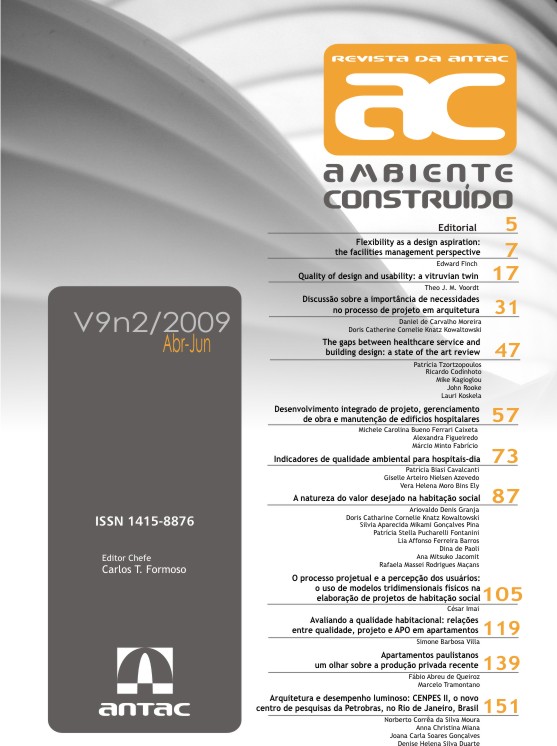The gaps between healthcare service and building design: a state of the art review
Keywords:
Design. Healthcare service. Buildings. Operations Management.Abstract
Healthcare buildings are designed to achieve diverse objectives, anging from providing appropriate environments where care can be elivered to communities to increasing operational efficiency and proving patient flows and the patient experience. Improvements in ficiency should result from state-of-the-art buildings, more appropriate layouts, departmental adjacencies, efficient clinical and business processes and enhanced information systems. However, complexities around requirements and stakeholders management may prevent the achievement of such objectives. The aim of this article is to identify and understand how healthcare services (re)design and building design can be integrated to facilitate increased performance both in terms of service delivery and future changes. Findings indicate that current approaches and innovation are restricted due to functional barriers in the design process, and that there is a need to support the development of operations driven design through time (e.g. flexible and durable) that satisfies diverse needs.
Downloads
Downloads
Published
How to Cite
Issue
Section
License
Authors who publish in Ambiente Construído agree to the terms:
- The authors grant the Journal the right to publish under the Creative Commons Attribution License (CC BY 4.0), allowing access, printing, reading, distribution, adaptation, and development of other research, if the authorship is recognized.
- Authors are authorized to distribute the work published in the Journal, such as institutional repositories, or to include their article as part of the thesis and/or dissertation, as long as they mention the publication reference in Ambiente Construído.
- Anyone can read, distribute, print, download, and indicate the address of the complete article without prior authorization from the Journal respecting the CC BY 4.0 license.
Creative Commons Attribution License
ISSN 1678-8621




